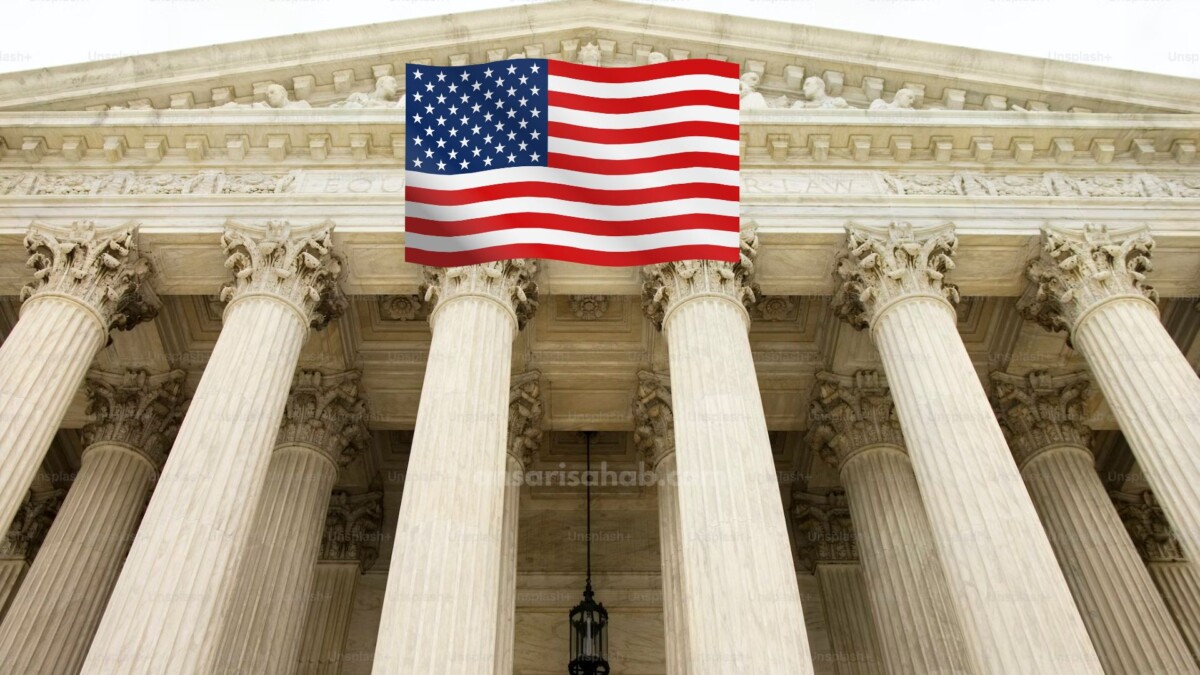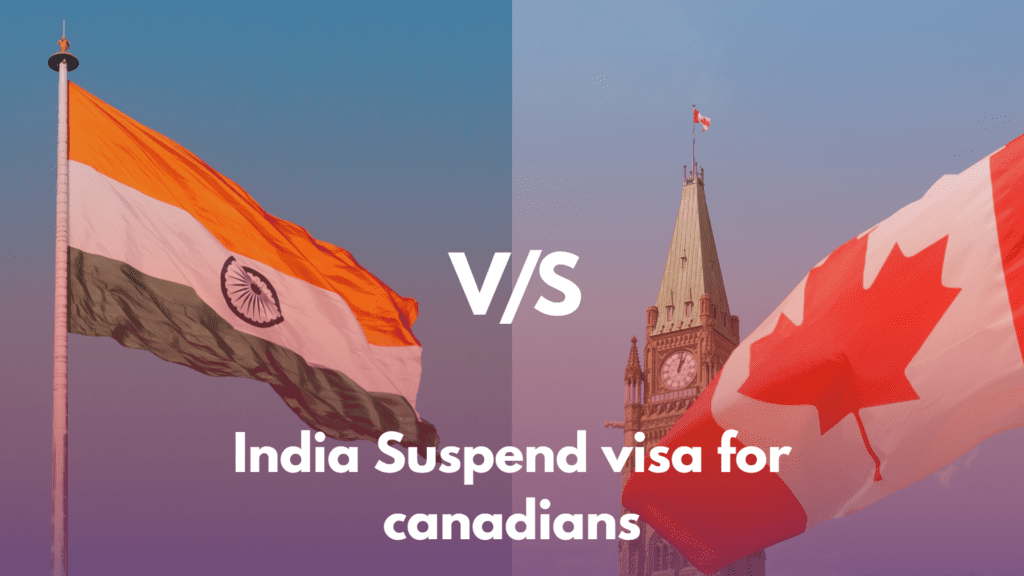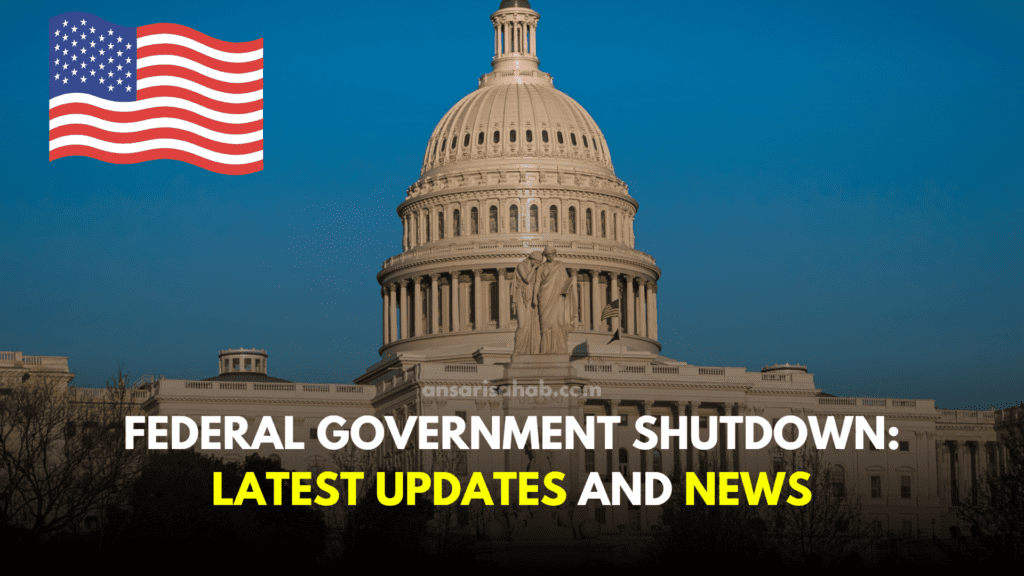In a historic move, the Supreme Court of the United States announced its first-ever code of ethics on November 13, 2023. This code, unanimously adopted by the justices, aims to bolster public confidence in the court and set standards for the highest ethical conduct. Covering a range of critical topics, including recusal, financial disclosure, and gifts, the code signifies a significant step towards transparency and accountability.
Recusal Provisions: Upholding Impartiality
One of the cornerstone elements of the code is its comprehensive recusal provisions. Justices are now mandated to step aside from cases where conflicts of interest may arise from personal or financial interests, as well as those involving their family members. The code also insists on recusal from cases in which a justice has already participated in the decision-making process, ensuring impartiality and preventing preconceived notions about case outcomes.
Financial Disclosure: Fostering Public Awareness
The code introduces robust financial disclosure requirements, demanding justices to divulge detailed information about their assets, liabilities, and income. This public disclosure is crucial for transparency, allowing citizens to be aware of potential conflicts of interest. Additionally, justices are required to disclose travel expenses and gifts, aiming to prevent undue influence from special interests.
Gifts Provisions: Mitigating External Influences
To further fortify the court’s independence, the code includes provisions that prohibit justices from accepting gifts from individuals or entities involved in court cases. This restriction extends to those lobbying the court, ensuring that external influences do not compromise the integrity of the justices’ decision-making process. This provision is a pivotal move to maintain the court’s credibility and unbiased nature.
Investigations and Enforcement: Accountability in Action
Perhaps the most groundbreaking aspect of the code is its establishment of a process for investigating and enforcing ethical violations. A committee of three justices oversees this process, with the authority to recommend penalties, including public censure and even removal from the court. This mechanism underscores the court’s commitment to accountability and sends a clear message that ethical breaches will not be tolerated.
Read Also: Massive Fire Under 10 Freeway in Downtown LA Shuts Down Major Interchange Indefinitely
Significance of the Code: Addressing Criticisms
The adoption of the code of ethics is a watershed moment for the Supreme Court, addressing long-standing criticisms regarding transparency and accountability. By voluntarily embracing these ethical standards, the court is taking a giant stride towards rebuilding public trust and dispelling concerns about undue influence or biased decision-making.
Additional Information: Fine-Tuning the Narrative
The code applies universally to all nine justices of the Supreme Court, emphasizing its inclusivity. Though voluntary, the justices have unanimously agreed to adhere to its principles. Modeled after the widely accepted Model Code of Judicial Conduct, the code reflects a thoughtful and collaborative effort by a committee of justices and staff members. Its approval through a unanimous vote signals a collective commitment to ethical standards.
Analysis: A Step Towards Judicial Excellence
The Supreme Court’s code of ethics is a profound development that signals a new era for the highest court in the land. By addressing key concerns and setting forth clear ethical guidelines, the court is not only enhancing its own credibility but also contributing to the overall health of the judicial system.
Reactions to the Code: Differing Perspectives
While the code has garnered praise for its potential to improve transparency and accountability, not all reactions have been uniformly positive. Justices Clarence Thomas and Samuel Alito have expressed reservations, emphasizing concerns about the potential intrusion on the court’s independence. This divergence in opinions highlights the complexity of balancing ethical standards with the need for judicial autonomy.
Conclusion: A Pivotal Moment for the Supreme Court
In conclusion, the Supreme Court’s adoption of a code of ethics is a momentous step towards fostering public trust and ensuring the highest standards of conduct among its justices. The voluntary nature of the code, coupled with its unanimous approval, showcases a collective commitment to upholding the court’s integrity. As the code takes effect, it will be intriguing to observe its impact on shaping a more transparent and accountable judicial system.
Additional Information: A Glimpse Behind the Scenes
Delving deeper into the additional information about the code reveals the meticulous drafting process led by a committee of justices and law professors. The voluntary nature of the code has sparked a nuanced debate, with some praising its flexibility and others expressing concerns about its enforceability. Notably, the 6-3 vote for adoption, with Justices Clarence Thomas, Samuel Alito, and Neil Gorsuch in opposition, underscores the varying perspectives within the court.
As the legal landscape evolves with this groundbreaking development, the Supreme Court’s code of ethics stands as a testament to the judiciary’s commitment to excellence, transparency, and accountability. This blog serves as a comprehensive exploration of the code’s key features, reactions, and implications, offering readers a thorough understanding of this historic moment in the annals of the United States Supreme Court.









